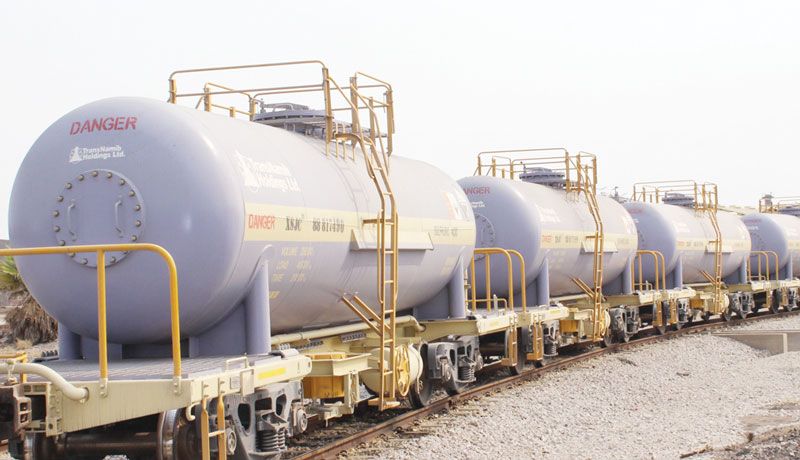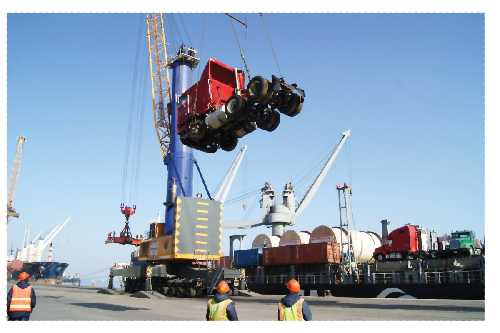
We will have higher prices at the pump and there’s no way around it

By Josef Kefas Sheehama.
As long as the global supply chains in the crude oil market are disrupted, the price of fuel will continue to rise and what we experienced last week with the massive spike in pump prices, may be just the beginning of a very negative trend.
The demand of oil plunged in 2020 during the pandemic when lockdowns led the price to fall below zero for the first time in history due to a major downturn in economic activity. But lately, pump price hikes contribute to the burden of Namibia’s people especially to those who are using public vehicles for a living and to individuals using private vehicles to reach their point of destination.
Since the slump in 2020, oil prices have risen sharply to more than US$100 per barrel following strong economic recovery post-lockdowns. As the economy grows so does the demand for oil.
Moreover, rising geopolitical tensions between Russia and Ukraine are stoking supply fears. This is contributing to rising inflation and concerns about economic recovery. An increase in oil price will not only be seen at the service station, but it will be felt in virtually all the goods and services we use. Because oil is a feedstock source of energy, it is used in the transportation of almost all things.
Monetary policy in Namibia is oriented towards keeping inflation low and stable. The Bank of Namibia’s Monetary Policy Committee is set to meet on 15 June 2022. So if the Bank of Namibia wants to curb inflation, it may raise the repo rate again. I believe that the Bank of Namibia will increase the repo rate by 0.50% basis points. The increase in fuel prices has been noted as a concern for the global and local economy. These increases will certainly impact every single Namibian given the reliance the country has on fuels for transportation, manufacturing and in the agricultural sector.
The fundamental debates about inflation are really concerned with whether the central bank is an inflation creator or an inflation fighter. The responsibility of monetary policymakers is to adequately respond to inflation. Those who see the central bank as an inflation fighter must therefore believe that inflation has some source other than the central bank, that it has nonmonetary factors.
Furthermore, I expect we’ll continue to see plenty of volatility in oil markets for some time. Also, the recent increase in inflation to 5.6% took many by surprise. It is important to note that Ukraine’s exports of grain and oilseeds have mostly stopped and Russia’s are threatened. Together, the two countries supply 12% of traded calories.
Wheat prices, up 53% since the start of the year, jumped a further 6% on 16 May after India said it would suspend exports. Both Russia and Ukraine are exporters of major commodities, and the disruptions from the war and sanctions have caused global prices to soar. Food prices have also jumped. Therefore, rising crude oil prices amidst escalating fears created by the conflict in Ukraine, is one of the main reasons for the increase Namibian fuel prices.
Should demand continue growing, more of it will be met by OPEC and that, combined with minimal surplus capacity, should mean still higher oil prices. An increase in crude prices means an increase in the cost of production and transportation of several goods. A rise in prices also impacts the current account deficit which means the value of imported goods and services exceeds those of the exported. We are facing a real immediate existential issue that requires all hands on deck particularly on something as strategically and economically important as energy. Supply constraints will not allow much more than that even if producers were encouraged to do so.
Oil price increases can also stifle the growth of the economy through their effect on the supply and demand for goods other than oil. Increases in oil prices can depress the supply of other goods because they increase the costs of producing them. In economics terminology, high oil prices can shift up the supply curve for the goods and services for which oil is an input. Oil price increases are generally thought to increase inflation and reduce economic growth. In terms of inflation, oil prices directly affect the prices of goods made with petroleum products.
Raising rates to fight inflation is a crude tool, especially when the source is fiscal policy. Everyone feels the pinch when inflation is on the rise and so the pressure on central banks to manage inflation has grown exponentially.












































